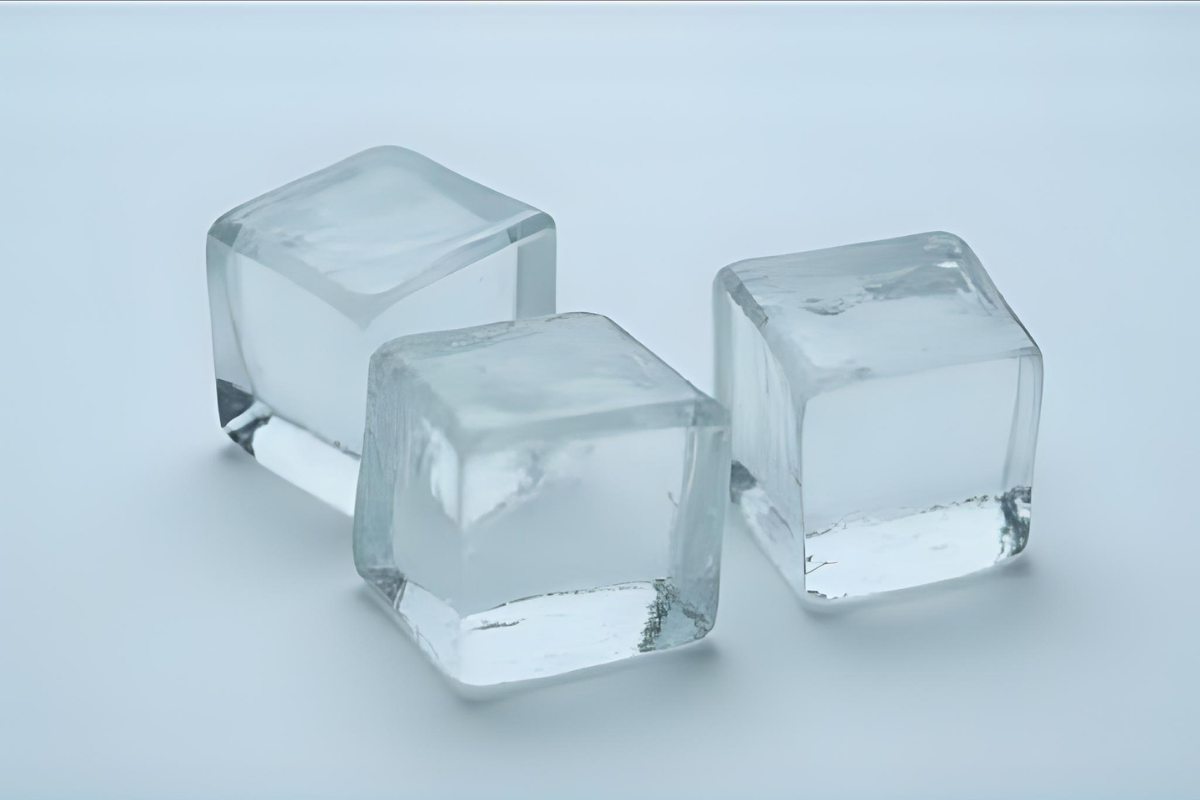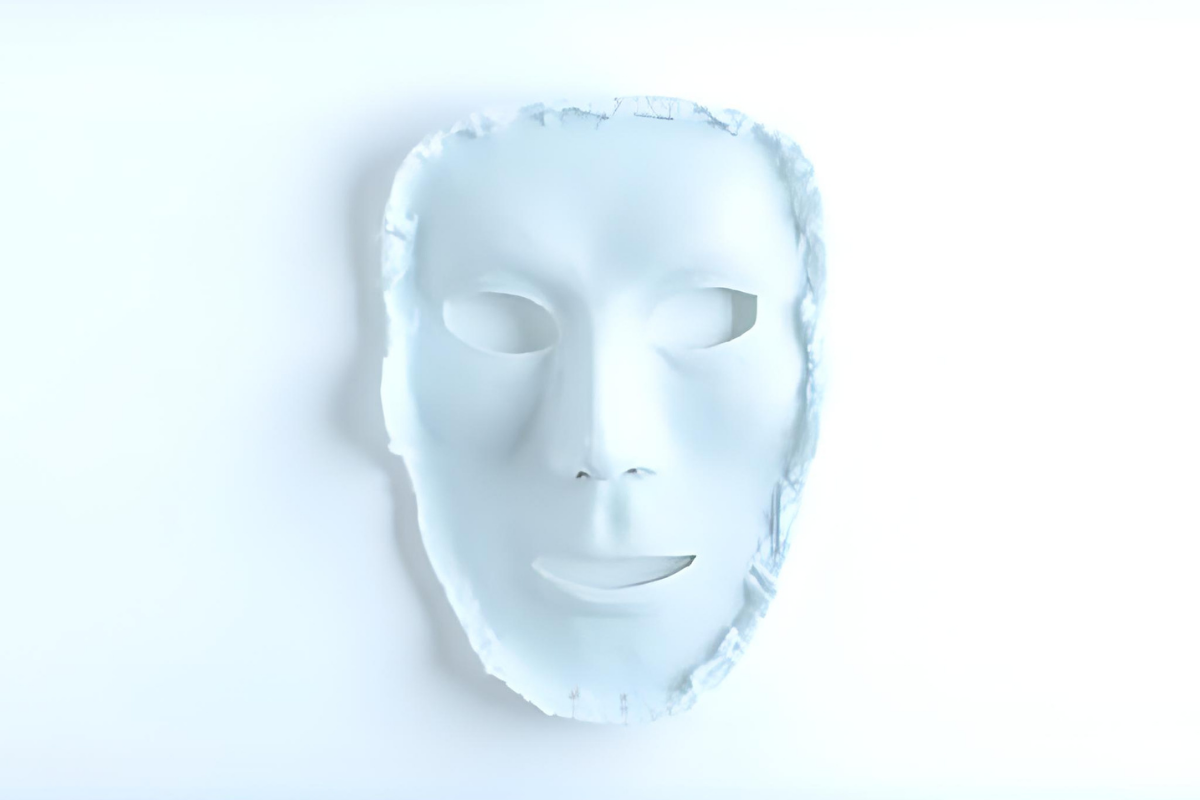Why You Should Stop Using Ice Cubes on Your Face
People keep rubbing ice cubes to their skin like it's some magical beauty hack. You see it on TikTok tutorials, beauty blogs, and even old-school remedies suggest that ice can shrink pores, reduce puffiness, and give your skin a glow.
Sure, it feels refreshing in the moment. But here’s the truth: ice cubes aren’t the safest or most effective way to care for your face. If you’re after healthier skin, faster recovery, and a sustainable cold routine, it’s time to rethink this shortcut.
What's The Problem With Direct Ice Exposure
It’s easy to think, “Cold is cold, what’s the harm?” But how you expose your skin to cold matters. Ice cubes create direct, uneven cold contact with your skin, which can actually cause damage.
- Ice burns and micro-injuries are common. These show up as redness, irritation, or broken capillaries.
- Over time, direct ice exposure can lead to sensitivity and dryness.
- Your skin isn’t designed to handle freezing temperatures for more than a few seconds.
Instead of helping, ice cubes can leave your complexion stressed and vulnerable.
Why the “Glow” From Ice Cubes Is BS

Ice cubes give the illusion of working because they cause vasoconstriction. This tightens blood vessels, making skin look temporarily firmer and less puffy—similar to splashing cold water on your face.
But the effect is only temporary:
- Once your skin warms back up, blood vessels dilate again.
- The redness often comes back, sometimes worse.
- The glow is just a short-lived optical trick, not lasting skin health.
For long-term results like improved circulation or reduced inflammation, you need a more controlled cold therapy method. For a deeper comparison of short-term beauty tricks versus long-term wellness gains, check out How Cold Therapy Is Used For Beauty.
Cold Therapy Works..... But the Method Matters
Cold exposure itself isn’t the issue. In fact, cold therapy is a proven wellness tool that helps calm inflammation, supports recovery, and strengthens your nervous system.
The difference comes down to method:
- Ice cubes = uneven cold, higher risk of skin damage.
- Facial cold plunging = safe, even cold exposure.
When you immerse your face in water between 50°F and 60°F, you trigger the diving reflex—a survival mechanism that slows your heart rate, reduces stress, and benefits your skin without harm.
The Nervous System Benefits You Miss With Ice Cubes
Most people use ice cubes for cosmetic reasons, but cold immersion affects far more than skin.
- Dunking your face in cold water signals the body to shift from fight-or-flight mode into a calm state.
- This helps with anxiety, focus, and even better sleep.
- Ice cubes don’t create the same full immersion effect, so they miss out on this nervous system reset.
Smarter Alternatives to Ice Cubes

If you love the refreshing boost of cold, try these safer options:
1. Facial Cold Plunging
Fill a bowl with cool water and a few ice cubes. Dunk your face for 10–30 seconds, repeating in rounds. It’s safe, consistent, and engages your whole system.
2. Cold Rollers or Globes
These skincare tools are designed for direct contact. They stay cold without risking frost damage, while still giving you depuffing and circulation benefits.
3. Full-Body Cold Plunging
For deeper recovery and wellness benefits, full immersion is unmatched. Companies like Fire Cold Plunge keep water at the perfect therapeutic temperature, so you can enjoy the benefits without wrestling bags of ice.
If you’re new to this practice, Learn What Facial Cold Therapy Is ← this is a great guide to help you start safely and effectively.
The Bottom Line
Rubbing ice cubes on your face might feel like a fun beauty trick, but it doesn’t deliver lasting results. Direct ice contact risks burns, the glow fades quickly, and you miss out on cold therapy’s biggest benefits.
If you want refreshed skin, a calmer nervous system, and consistent results, facial cold plunging is the smarter choice. And if you’re ready to level up, full-body cold plunging can transform your recovery, wellness, and daily energy.
Cold therapy works. Ice cubes just aren’t the way to do it.

